Retinal Detachment
Retinal detachment is the term used to describe a separation of the retinal membrane (retina) in the back of the eye from the underlying tissue laters. It is an elevation of the retinal and a flap, tear, or break in the retina.
Symptoms
Symptoms of a detached retina can include the gradual or sudden onset of:
- Bright flashes of light, especially on the edges of vision (peripheral)
- Blurred vision
- Floaters in the eye
- Shadow encroaching in the field of vision
- Blindness in a part of the vision in one eye
Risk factors
A retinal detachment can occur to anyone at any age, but it is more likely to occur in people over 40 and those who:
- Are extremely myopic
- Have a family history of retinal detachment
- Have already had a retinal detachment in the other eye
- Have had cataract surgery
- Have had an eye injury
Treatment
It is serious, requires medical attention within 24 hours of the first symptoms, and can cause permanent loss of vision or blindness if not treated. Surgical repair is almost always needed.
Diplopia
Diplopia, or double vision, is the subjective experience of seeing two images at the same time instead of one single view of the world around you.
Symptoms:
Single objects appear as double.
Corneal Infiltrate/Ulcer
Symptoms:
Red eye, painful eye – may be severe, sensitivity to light, impaired vision, discharge.
Treatment:
Generally infiltrates and ulcers are treated with topical antibiotics and a cycloplegic. Admission to hospital may be necessary if the infection is sight-threatening and systemic antibiotics are needed.
Herpes Virus
Herpes Simples Virus
Symptoms: Most often one red eye with pain and sensitivity to light; watery eye, decreased vision, and rash on eyelid.
Treatment: Normally requires antiviral treatment. Warm soaks may make the eyelid feel more comfortable.
Herpes Zoster Virus
Symptoms:
‘Painful’ skin rash, fever, headache, red, painful eye, and blurred vision.
Treatment:
Normally requires antiviral treatment. Warm compresses may make the affected skin feel more comfortable.
Posterior Vitreous Detachment (PVD)
Symptoms:
Flashes of light; floaters; and blurred vision.
Treatment:
None indicated unless a retinal break occurs in which case laser therapy or surgery may be required.
Choroidal Detachment
Symptoms:
Decreased vision; possibly severe pain and red eye depending on haemorrhagic involvement.
Treatment:
Generally treated with cycloplegic and topical steroid medicines. In some cases surgery may be indicated.
Vitreous Haemorrhage
Symptoms:
Sudden painless loss of vision or the sudden appearance of black spots and flashing lights.
Treatment:
Generally bed rest is recommended together with surgery to repair any underlying cause.
Iritis
Symptoms:
Red painful eye with sensitivity to light.
Treatment:
Generally treated with cycloplegic and topical steroid medicines.
Anterior Uveitis
Symptoms:
Painful red eye, light sensitivity, watering eyes, and in many cases decreased vision.
Treatment:
First-line treatment is generally cycloplegic and topical steroid medicines.
Secondary glaucoma may result from uveitis.
Scleritis
Symptoms:
Strong eye pain which may extend to forehead and face. Usually slow onset with gradual development of redness, watering of the eye, and decrease in vision.
Treatment:
Can vary and depends on the underlying causation and co-existing conditions. Commonly treatment options will include the use of anti-inflammatory preparations.
Malignant Tumours
Malignant tumours may develop in the conjuntiva, eyelids, or the eye itself. Malignant Melanoma of the Iris may present as a noticeable lesion within the iris while Malignant Melanoma of the Choroid may have no visible signs but may cause decreased vision or loss of field, floaters, light flashes or pain. Prevention measures include protection from the sun’s UV light and regular eye exams lead to early detection and treatment.
Dry Eye Syndrome
Symptoms:
Irritation in the eye with a burning itch or feeling that something is in the eye ; often the eye will water excessively especially in wind, heat or low humidity. Usually affects both eyes.
Treatment:
Artificial tear preparations and lubricating agents.
Retinitis Pigmentosa
Retinitis pigmentosa may affect more than one family member; there are hereditary genetic links associated with retinitis pigmentosa.
Symptoms:
A common difficulty with night vision and loss of peripheral vision; Difficulty with colour vision may also occur as may problems with central vision.
Treatment:
There is currently no effective treatment for retinitis pigmentosa but low vision aids and rehabilitation assistance can be helpful in managing vision loss.
Stargardts
Symptoms:
Usually presents as decreased vision in both eyes during childhood or early adolescence.
Treatment:
There is currently no known treatment for but low vision aids and rehabilitation assistance can be helpful in managing vision loss. Genetic counselling may be recommended.

